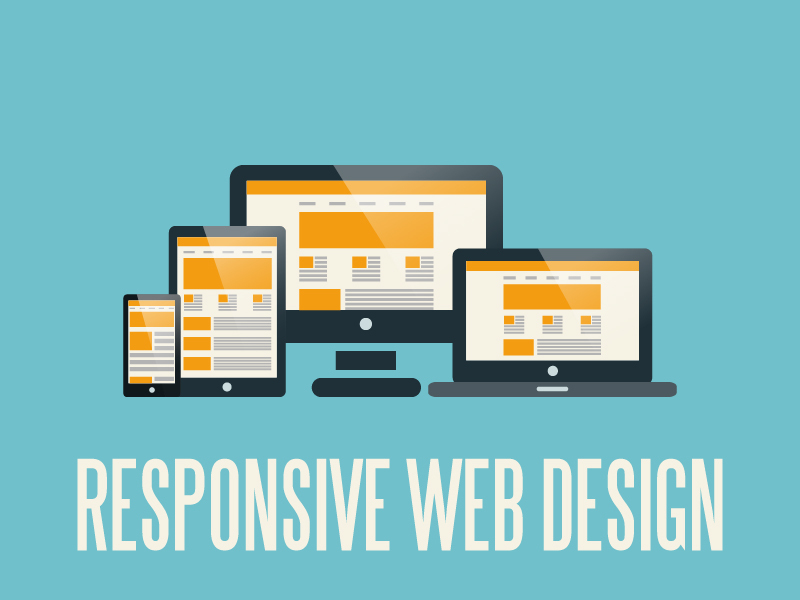LogiCommerce is trusted by global enterprise brands and wholesalers, across industries
Today, eCommerce has become one of the main ways of doing business online. Consumers around the world are searching for products and services online, which has led to an increase in competition in the eCommerce market. Therefore, a responsive design can make all the difference in terms of generating sales for an online store.
Contents
Responsive design refers to the ability of a website to adapt to any device or screen size. This means that the content and structure of the website must be adaptable so that users can view the page correctly, regardless of the device they are using.
One of the main reasons to have a responsive design in eCommerce is that it has become a necessity nowadays. With the increasing number of mobile devices, customers expect websites to adapt to their screen size automatically. If a website does not have this feature, users may become frustrated and opt to shop on other competing sites that have a responsive design.
Another important factor is the user experience. If a website is not designed to be responsive, it is very likely that it will be difficult to navigate on mobile devices and that users will have to zoom in and out constantly to see the content. This can lead to the user abandoning the page without making a purchase.
When a website has a design that is well adapted to any device, the user can navigate smoothly, see the content correctly and the page loads faster, which makes the experience much more pleasant and satisfactory.
On the other hand, if a site does not have responsive design, the page will look distorted on some devices, the user will have to zoom in constantly to see the content and navigation can be complicated, which will be an unpleasant experience for the user, leading to a higher number of page abandonments and, therefore, fewer sales.
On the other hand, if the website has a responsive design, the user can make the purchase in a simple way, which increases customer loyalty and improves the likelihood that they will buy again in the future and become a loyal customer. In short, a responsive design improves user experience and satisfaction, leading to a higher likelihood of conversions and increased customer retention.

The number two advantage of having a responsive design in eCommerce is that it increases the conversion rate. When a user enters an eCommerce website, the goal is to make a purchase. If the website is designed responsively, this will make the checkout process easier and more comfortable, which in turn will increase the likelihood that the user will successfully complete the purchase.
On the other hand, if the website does not have a responsive design, the checkout process can become cumbersome and difficult, which will lead to many users not completing the checkout process and abandoning the page. These abandonment rates can be very high and lead to a significant decrease in sales.
That is why having a responsive design facilitates the buying process, which increases the conversion rate. By ensuring that the user has a positive experience on our website, we increase the likelihood that they will become a loyal customer and return to make more purchases on future occasions. Conclusion, a responsive design not only improves the user experience, but also increases the conversion rate and, therefore, the sales of the business.
The number three advantage of having a responsive design in eCommerce is that it improves SEO. Search engines like Google reward websites that offer a satisfactory user experience, and a responsive design is one of the factors that influence SEO.
Google and other search engines prefer a responsive design, as this type of design makes the website easier to index and crawl, which improves its ranking in search results. In general terms, a responsive design improves SEO, since it allows improving the page loading speed, the time users spend on the website and the bounce rate, which are factors that contribute to the site's positioning in search engines.
In this way, having a responsive design not only improves user experience and conversion rates, but also helps to make the website more visible and easier to find in search engines. In conclusion, if the goal is to position our website at the top of search engines, a responsive design is an important investment to consider.
A responsive design is one of the keys to increasing eCommerce sales. Consumers expect a website to adapt to whatever device they are using, offering an optimal user experience. Implementing this type of design not only improves the user experience, but also helps to improve SEO and increase conversion rates.
If you have an online store and have not yet made the decision to invest in responsive design, now is the time to do it so you can increase the potential of your eCommerce.
